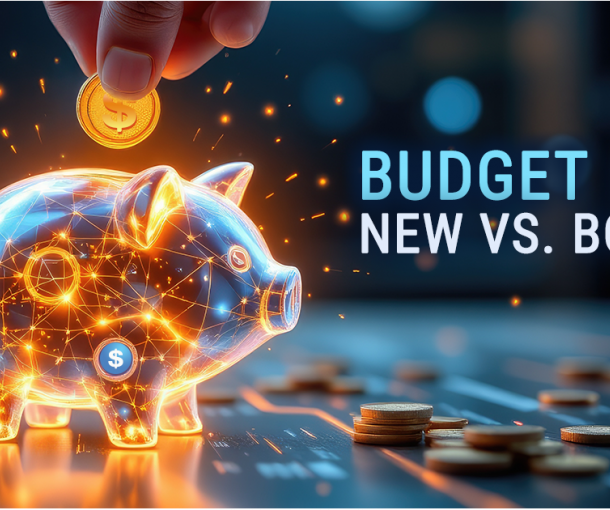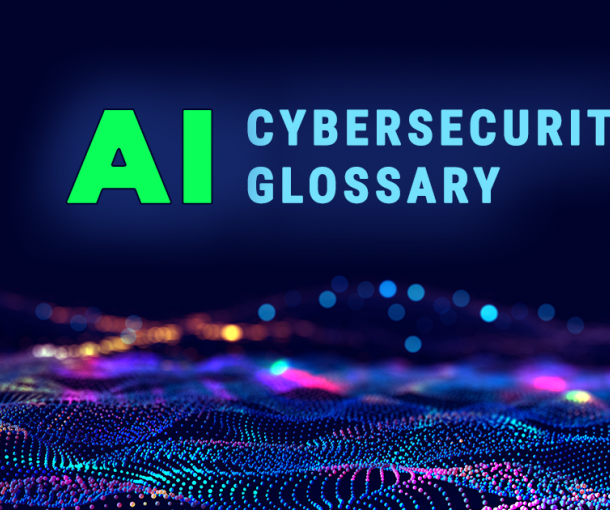
2026 IT Budgets – Shiny Stuff vs. Boring Things
You want to buy the shiny stuff in 2026 — AI platforms, GPU servers, and all the cloud horsepower, and who wouldn’t? But economic repositioning, geopolitical anxiety and evolving stakeholder expectations are generating uncertainty for many business leaders. With all the chatter on those shiny new pennies, companies often forget the critical, albeit boring parts. Legacy systems, talent reskilling, or smart outsourcing often miss the budget ledger. But those “boring” things are what will let the shiny stuff pay off and help KTLO (keeping the lights on) during the ambiguity of the next 3 years.
On this week’s blog we break down the importance of shiny vs. boring, and why it’s time to rethink the mundane.
Big Picture — Why 2026 Matters
- Worldwide IT spending is forecasted to hit $6.08 trillion in 2026, up nearly 10% from the year before. Driven heavily by data-center systems, software, and AI infrastructure the growth creates opportunity, and mounting pressure to show ROI.
- According to Forrester, top priorities for North American tech execs are: cloud, data center, and security — with growth expected to balloon by 75% thanks to AI adoption and implementation.
Budget 1: CapEx – The Shiny Stuff
- AI Initiatives (workforce digitization, intelligent automation, AI integration)
- Why: AI spend is becoming central to enterprise roadmaps and alignment with core business strategies is not optional. As a technology leader you owe it to your company to treat it like any major platform purchase by evaluating it through a governance & TCO (total cost of ownership) lens. The Value Accelerator from EY.com can help you translate business objectives to value backed opportunities.
- Data & Analytics Platforms (lake/warehouse, governance, catalog)
- Why: Garbage in → garbage out. The Flexera’s 2026 IT Priorities report claims that 95% of AI projects fail because of the quality of their data and the training models used. If AI is one of your CapEx initiatives it is fiscally prudent to invest in data & analytics platforms simultaneously.
- Infrastructure Refresh (GPU, hybrid cloud, edge nodes)
- Why: Performance & latency requirements for AI/data workloads, its massive, invest now or feel the pain later. Modernizing hardware can also help achieve sustainability goals. Gartner forecasts datacentre spending to grow 19% in 2026 as AI-optimized hardware fuels the need.
- Customer-facing App Modernization (ERP/CRM/CX platforms)
- Why: Repositioning the customer experience and the tools used by both customers and internal CX (customer experience) teams is often the fastest path from tech spend to measurable outcomes. Forrester predicts that 2026 could be a “major inflection point” for CX teams if they do not curb the data obsession and turn to experience improvement.
Budget 2: OpEx – Boring KTLO Must Haves
- Legacy System Maintenance
- Why: They are the backbone of your company, need we say more? Maintenance can include API updates, integration with newer software or even with AI systems. If AI is one of your CapEx projects, you may be able to justify shifting the first-year integration expenses to that project’s budget.
- Cloud & SaaS Run Costs
- Why: Cloud bills grow fast with AI workloads, proactive budgeting is key to prevent line-item bloat. In the same way FinOps tools and processes turn noisy invoices into predictable spend.
- Security Operations & Compliance
- Why: Threat surface grows with more integrations and AI, security is a non-negotiable ongoing cost. MDR (managed detection & response) identity security and secure SDLC have never been more critical. We created a glossary of AI related cybersecurity terms if you need help convincing the non tech execs on your budget committee that cybersecurity isn’t just a technical checkbox, it’s a business survival issue.
- Managed Services & Vendor Subscriptions
- Why: Shift fixed cost to OpEx for scale; it is a good strategy for predictable runbooks but demands governance to avoid lock-in. While you are at it now is a good time to review SLA’s, contract terms and conditions with all third parties.
- Reskilling, Junior Recruitment & Retention Programs
- Why: Automation + AI need human oversight and a replenishing talent pipeline; investing here reduces future hiring premiums, burnout, talent churn and can help stave off AI buyers’ remorse.
- Third-Party Specialists
- Why: Experienced specialists in MLOps (machine learning operations), SRE (site reliability engineering), or testing; contracted through a staff augmentation model can provide short bursts of expertise, speed and delivery. When blended with knowledge transfer rather than permanent hand-off it ensures resource utilization within budget guardrails.
Need help validating your OpEx priorities? Check out the following links to help kickstart your quest.
- Predictions 2026: The Race to Trust and Value
- Flexera 2026 IT Priorities Report
- Gartner Top 2026 Strategic Technology Trends
The Hidden Risks of Folding Legacy / Junior Hires / Outsourcing into OpEx Only
- Legacy systems as “just maintenance”
- Risk: deferring modernization turns OpEx into a permanent tax; outages, integration delays, and stalled CapEx projects follow. Don’t assume the new platform will run on an unstable foundation. If your team lacks the internal knowledge to complete a modernization project, third party legacy specialists like STEP Software are a great place to turn. Seeking a project estimation and a software audit before budget approval is a solid strategy to ensure your legacy … pun completely intended.
- Treating junior recruitment & retraining as expendable
- Risk: cutting the entry-level pipeline saves payroll now but kills your promotion ladder and institutional knowledge. Rebuilding costs (hiring, onboarding, knowledge transfer) are far higher than steady investment. PwC highlights reskilling as a core strategy for capturing AI value.
- Outsourcing without governance
- Risk: outsourcing can be brilliant for scale, or a trap. If vendors own core product knowledge, you’ll incur lock-in, degraded velocity, and rising vendor bill shock. Structure contracts for overlap, KPIs, and mandated knowledge transfer, don’t forget to build documentation expectations into those contracts to protect your investment. At STEP we work collaboratively with our clients to ensure that their needs and expectations are met in the IT governance arena. Whether it’s regulatory, resourcing, data security or cybersecurity we take governance seriously.
How to Frame Budgets so Finance Says “Yes”
Budgeting during times of economic uncertainty is as much a sales activity as it is a financial one. Yes, is only certain when proposals include complete cost-benefit analysis and the risks of not doing “it.” If you need help positioning the value of your department’s needs ping your CRO, you know how much they love to talk sales strategy. Forrester also has great for fee tools to help with this.
Five concepts for getting to “yes”:
- Show total cost of ownership (TCO): include legacy maintenance, re-hire risk, vendor dependency, and time-to-market deltas — not just “license cost vs salary.” Use TCO calculators to make the math real.
- Map IT spend to business KPIs: revenue velocity, defect rate, MTTD/MTTR, and customer churn — boards fund outcomes. Work collaboratively with HR and CX teams to align needs and goals.
- Propose multiple scenarios: 1. modernize + reskill or 2. shiny platform only or 3. outsource entirely. Show net present value and break-even. Present the risks and benefits of each scenario. With reskilling include the cost to rebuild your junior pipelines, HR can help with these numbers.
- Stay ready for a sudden shift to cost-cutting by accessing Forrester’s 2026 Technology Budget Planning Guide. Build in buffer so you can weather a restriction storm without flailing.
Final Thoughts
Buy the shiny stuff, sure but spend the real budget on the plumbing, people and contracts that let the shiny stuff earn its keep. Invest in tools that will help you build resiliency in these uncertain times and build your executive persuasion toolbox. Skipping the boring things gives the illusion of savings but those early 2026 headline wins will feel suspiciously expensive come Q3.
STEP can help with many of these items, reach out for a no cost 30 minute consultation if legacy, custom software builds or staff augmentation are on your 2026 project to do list.


